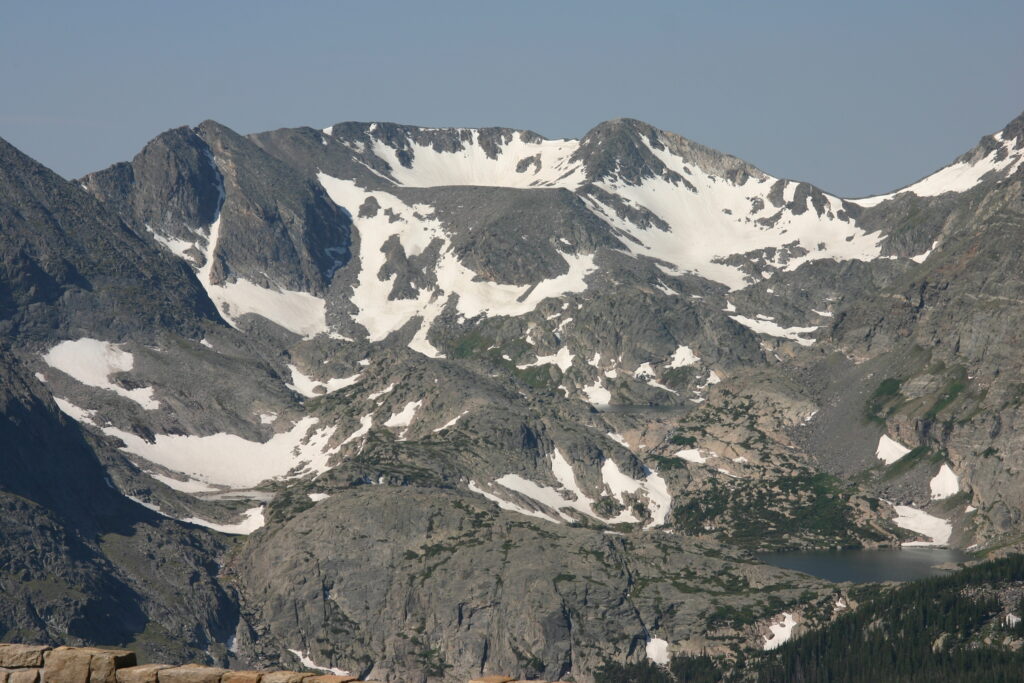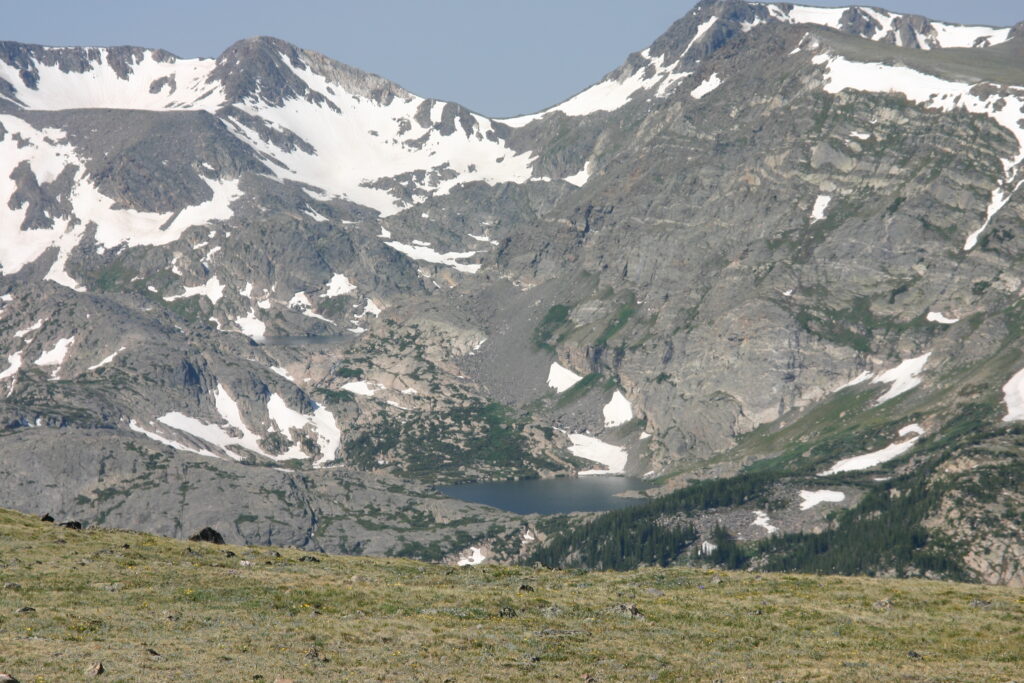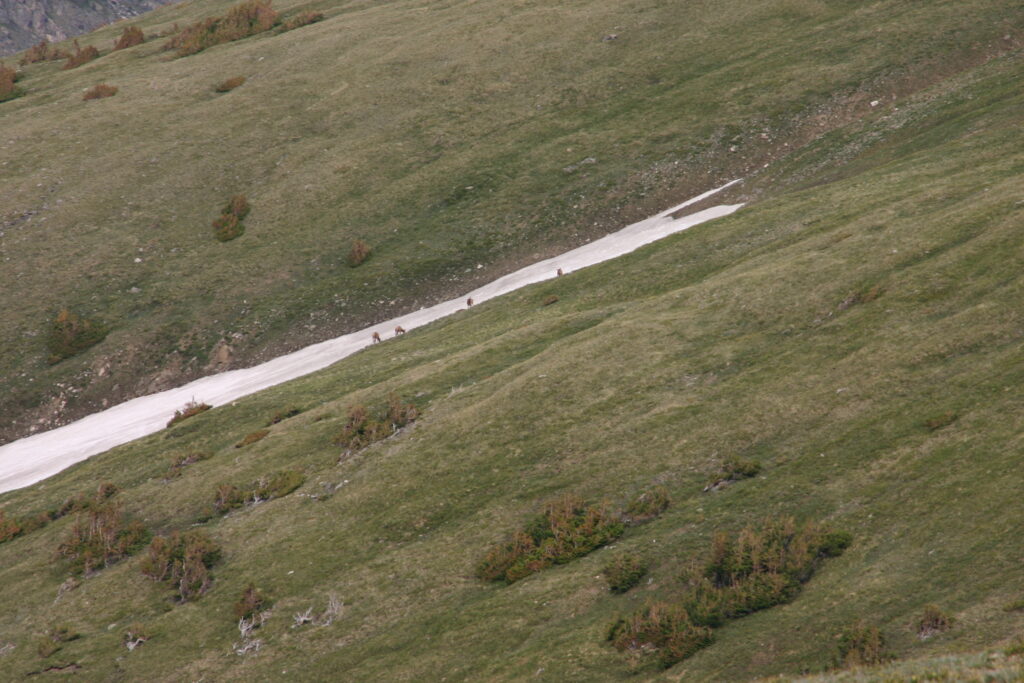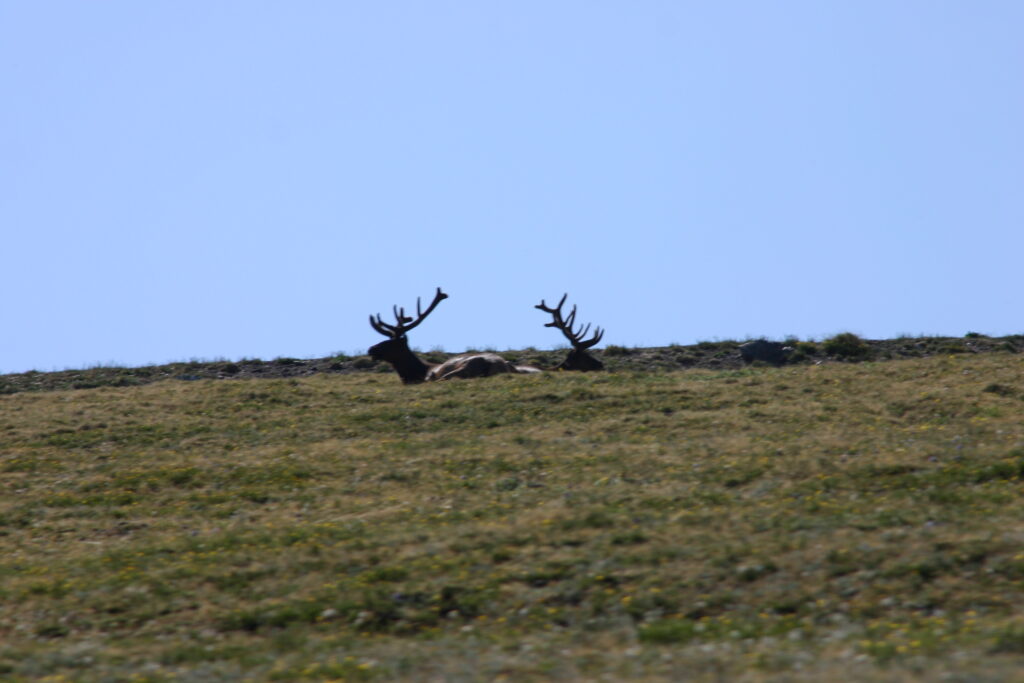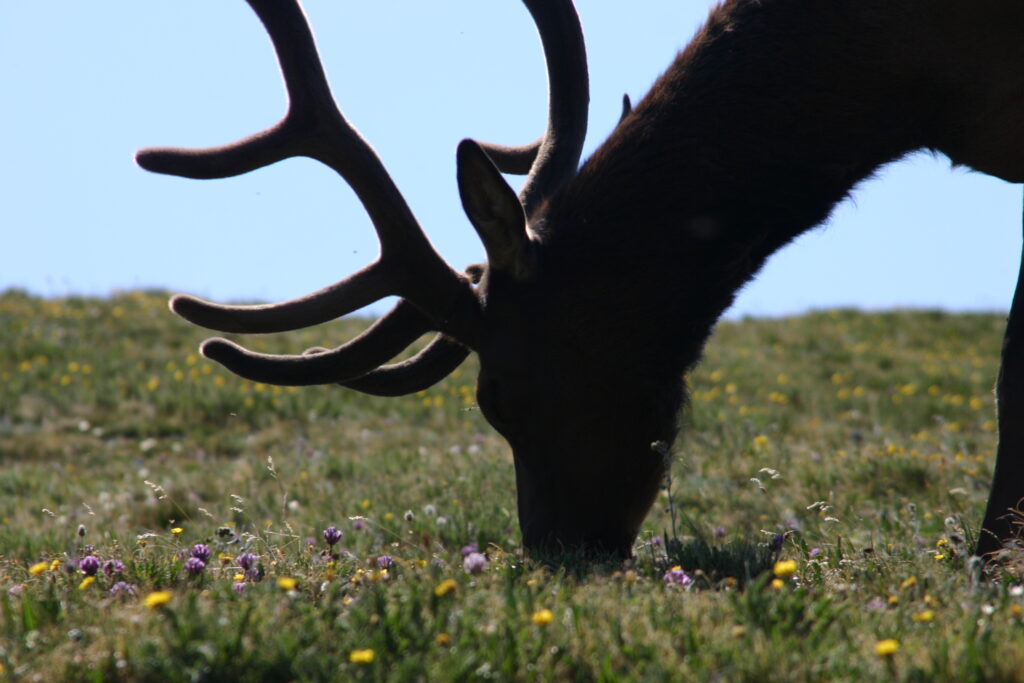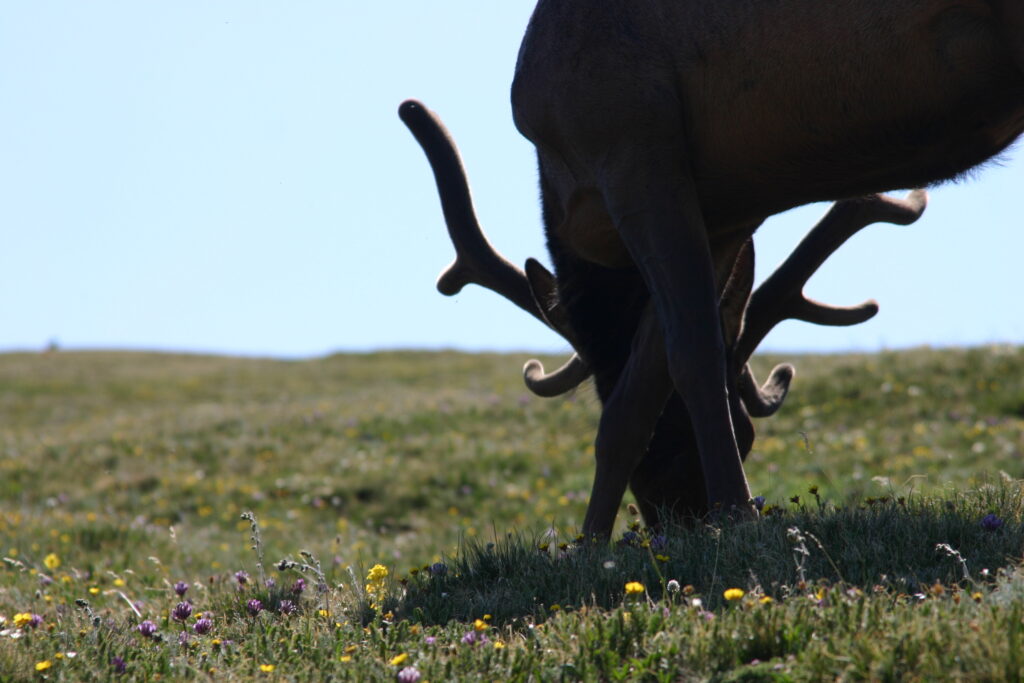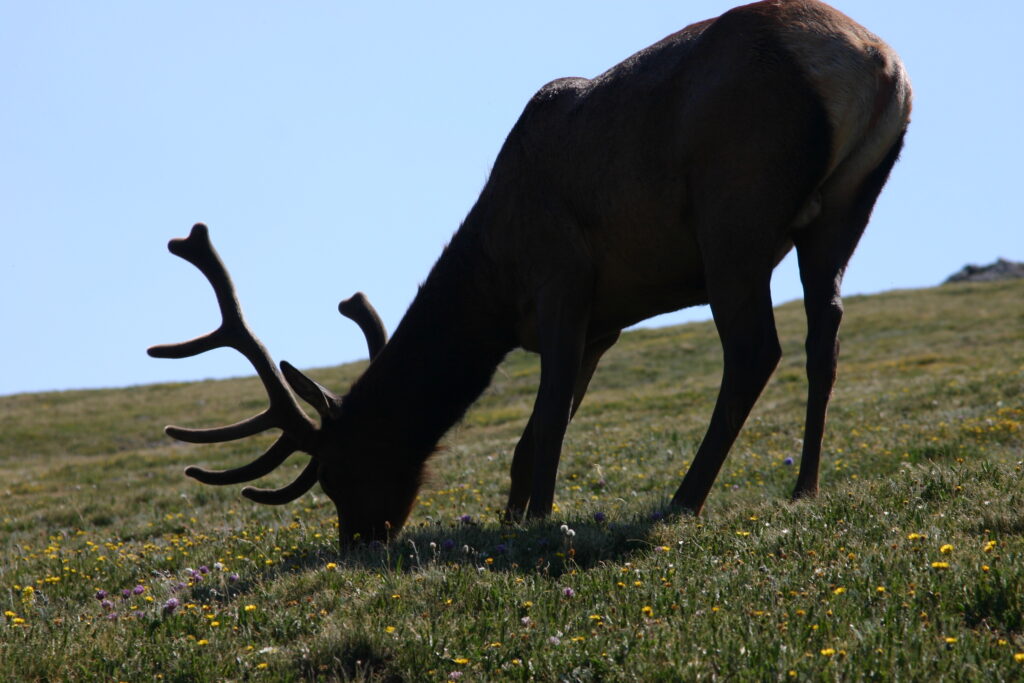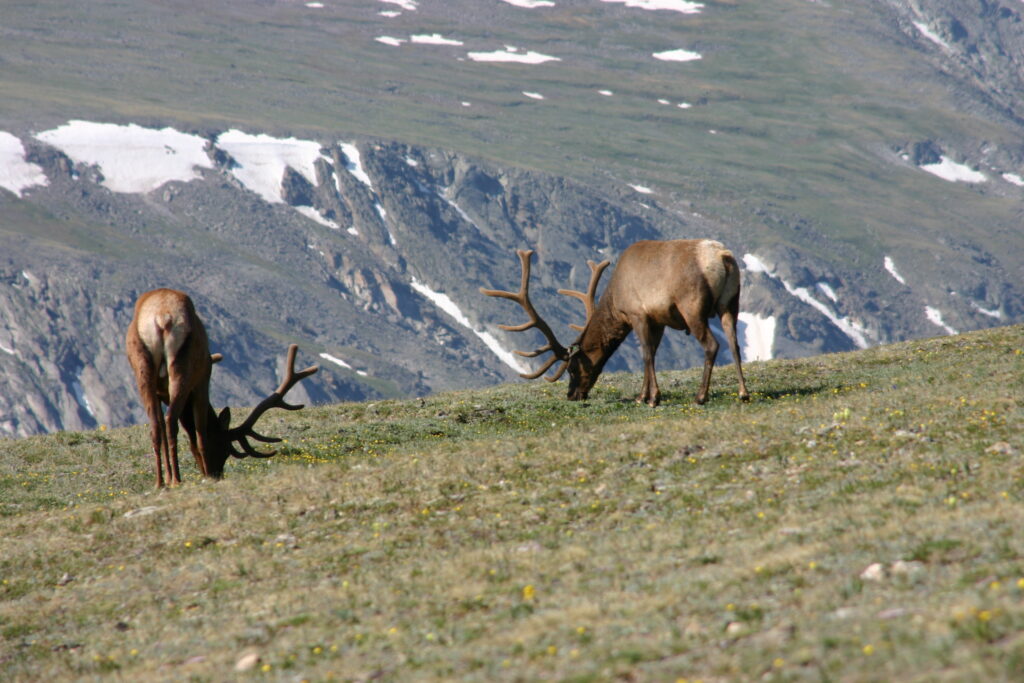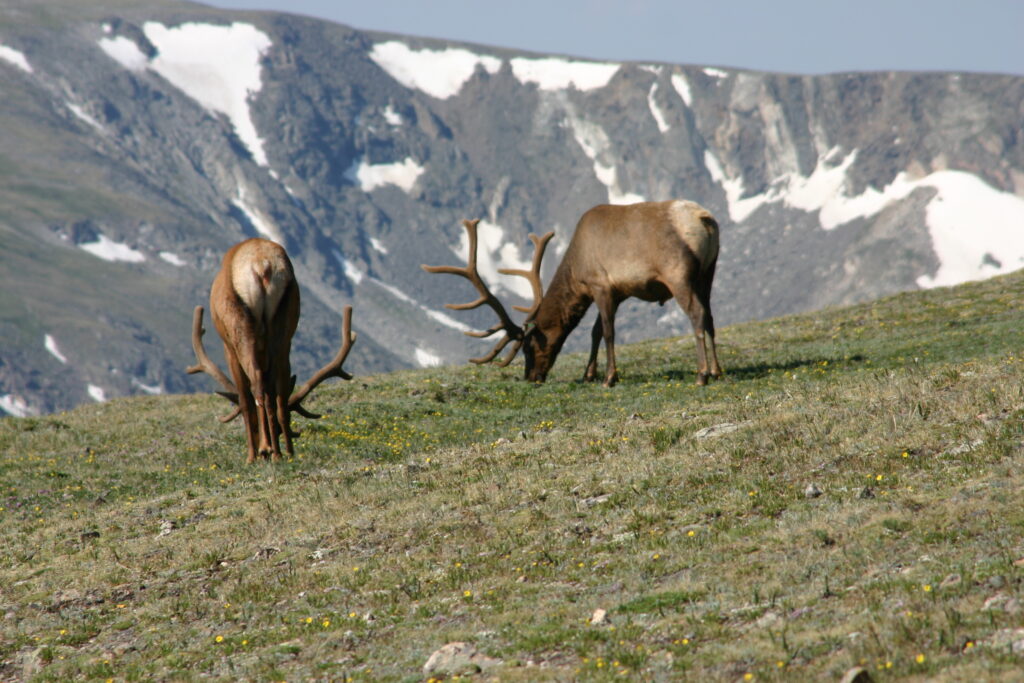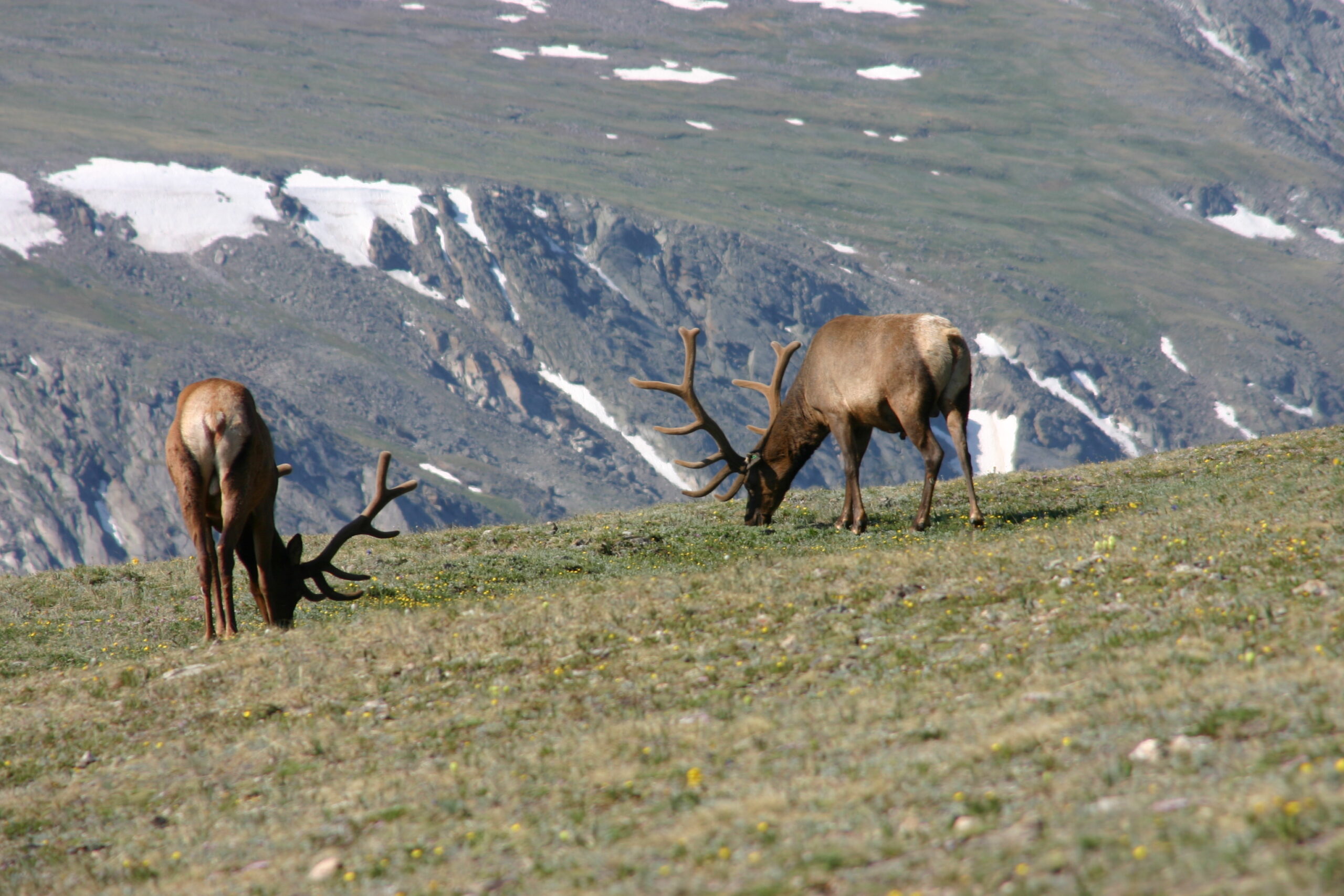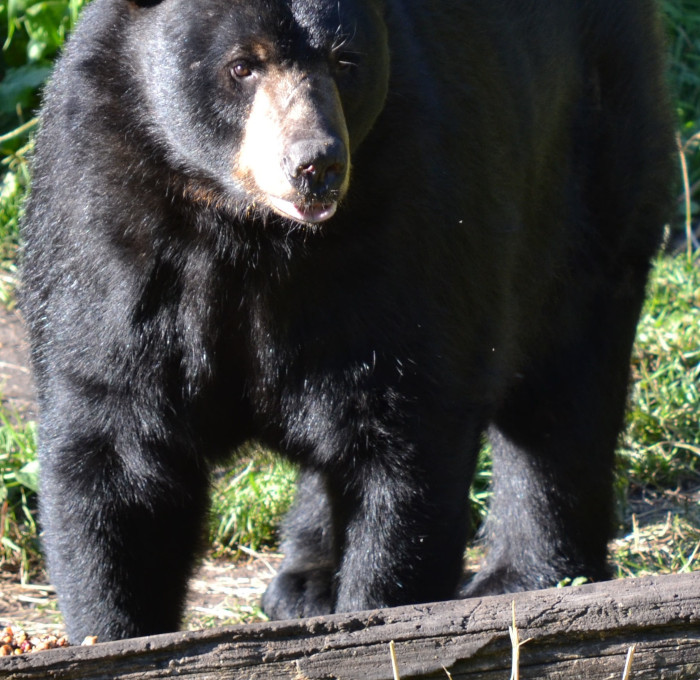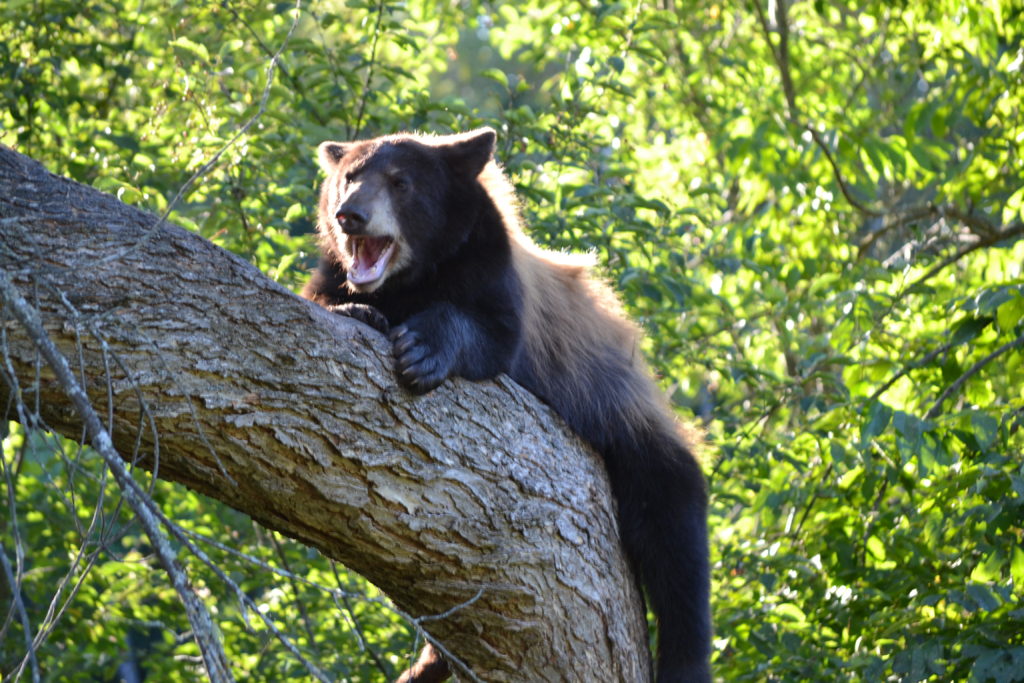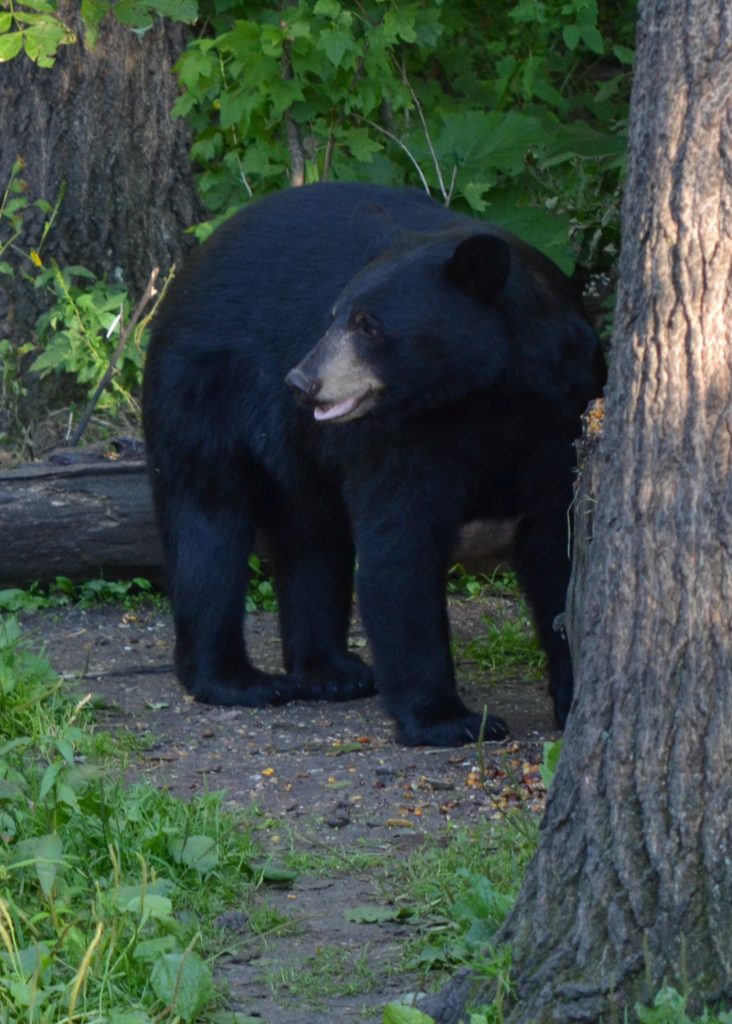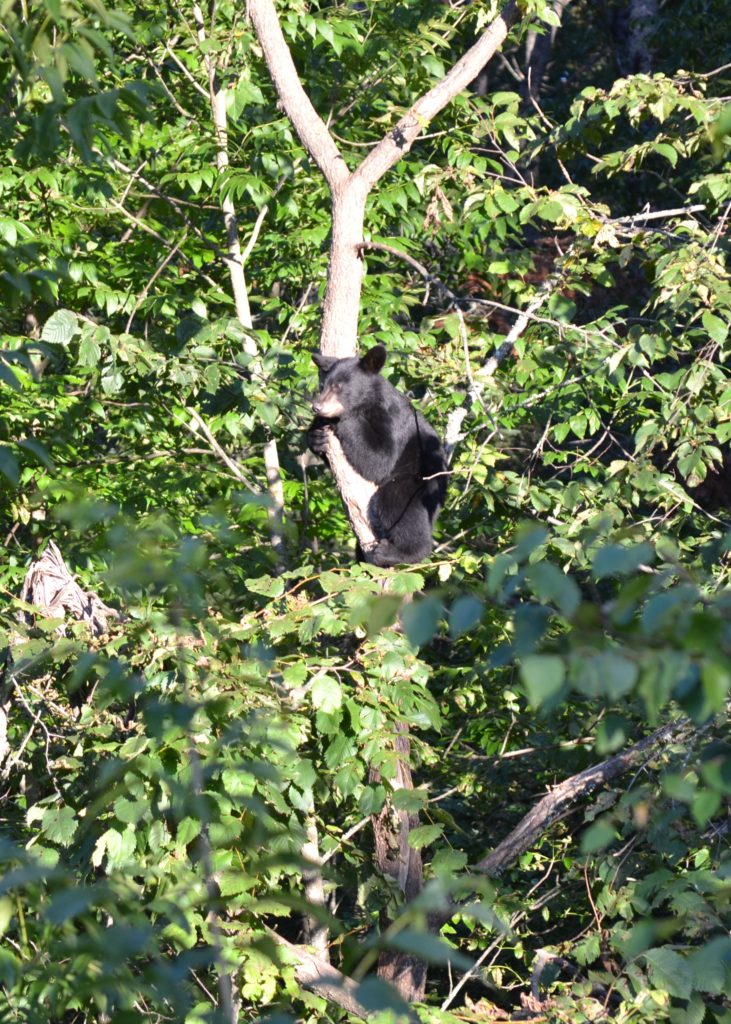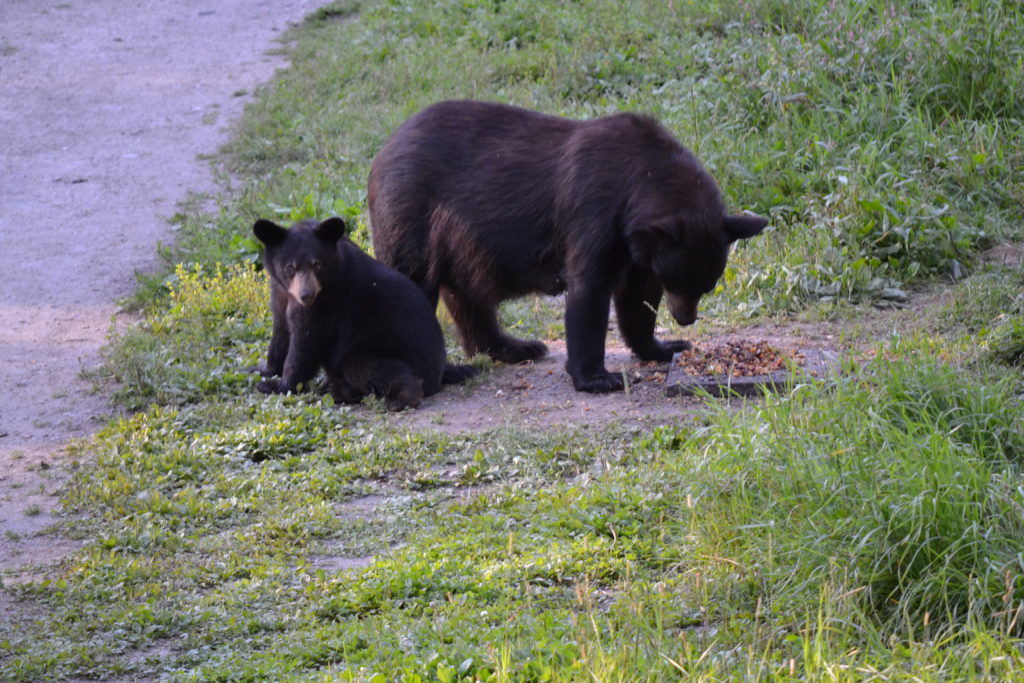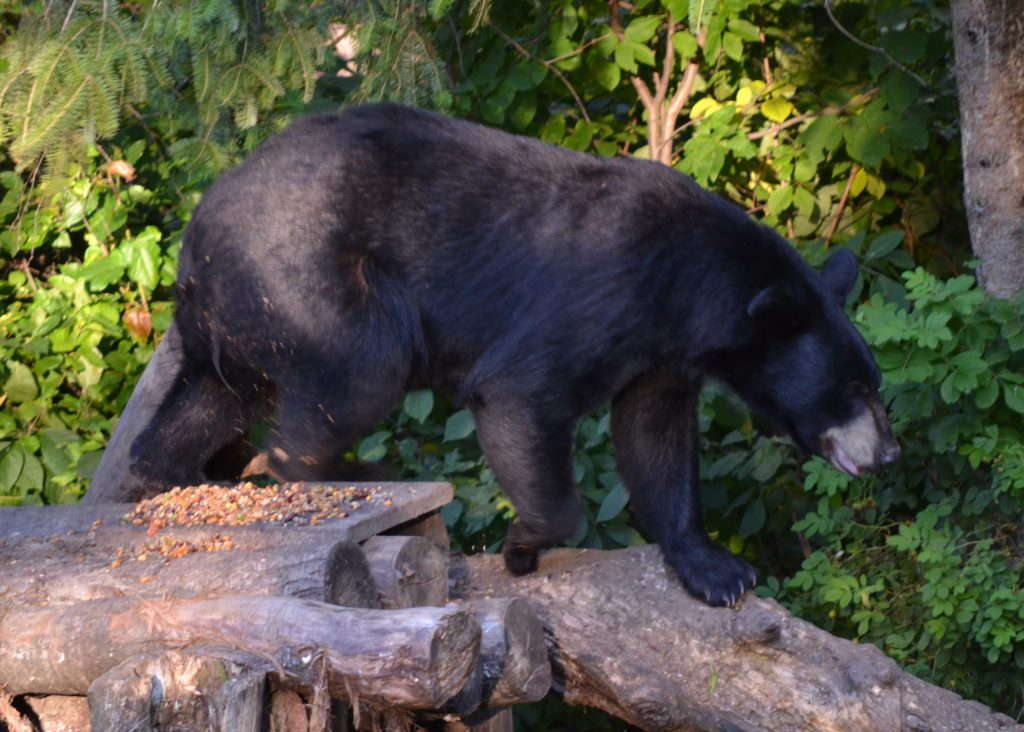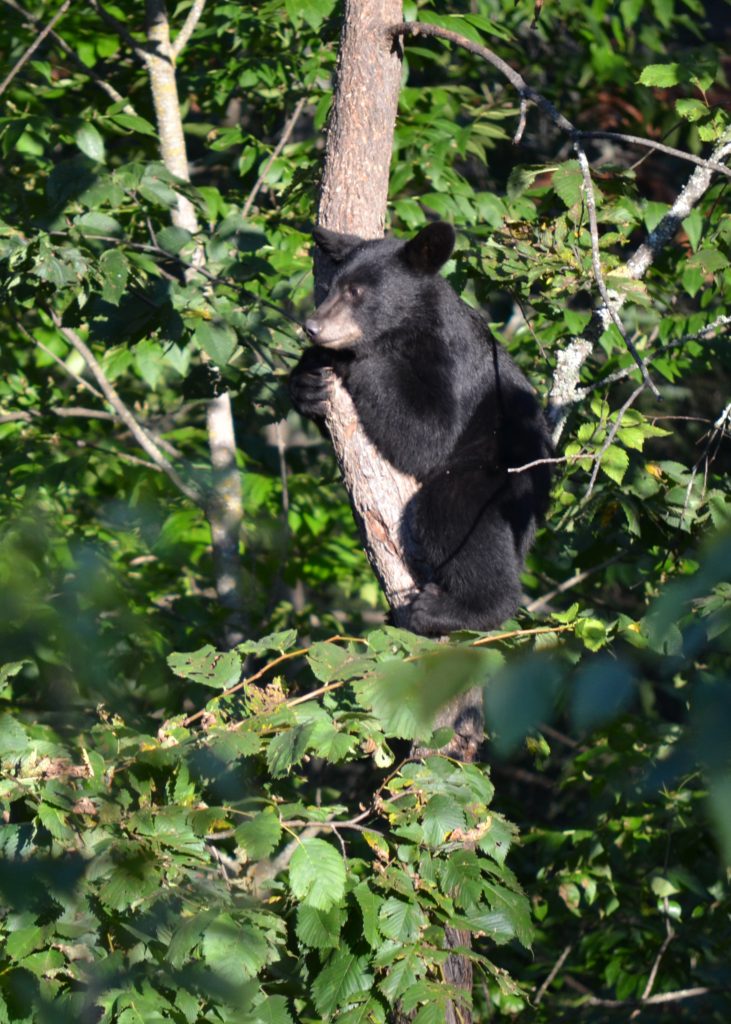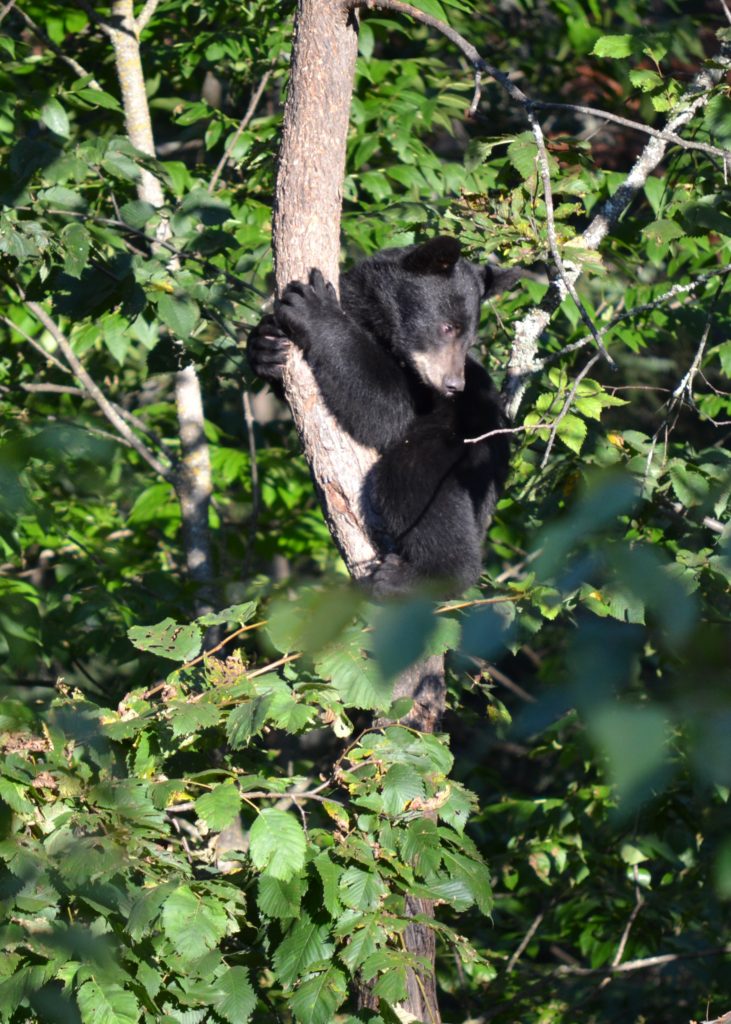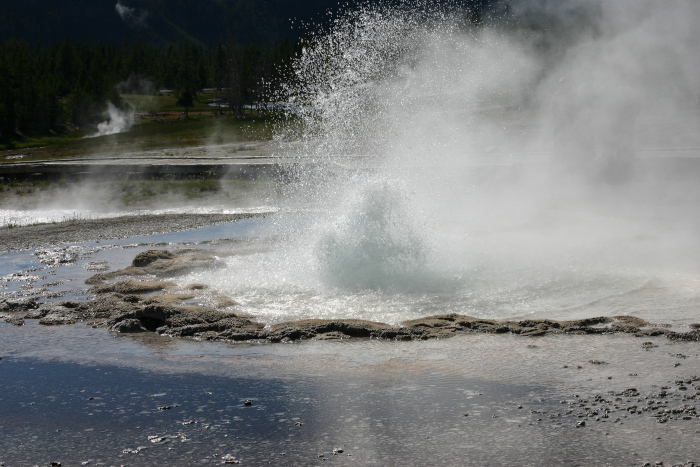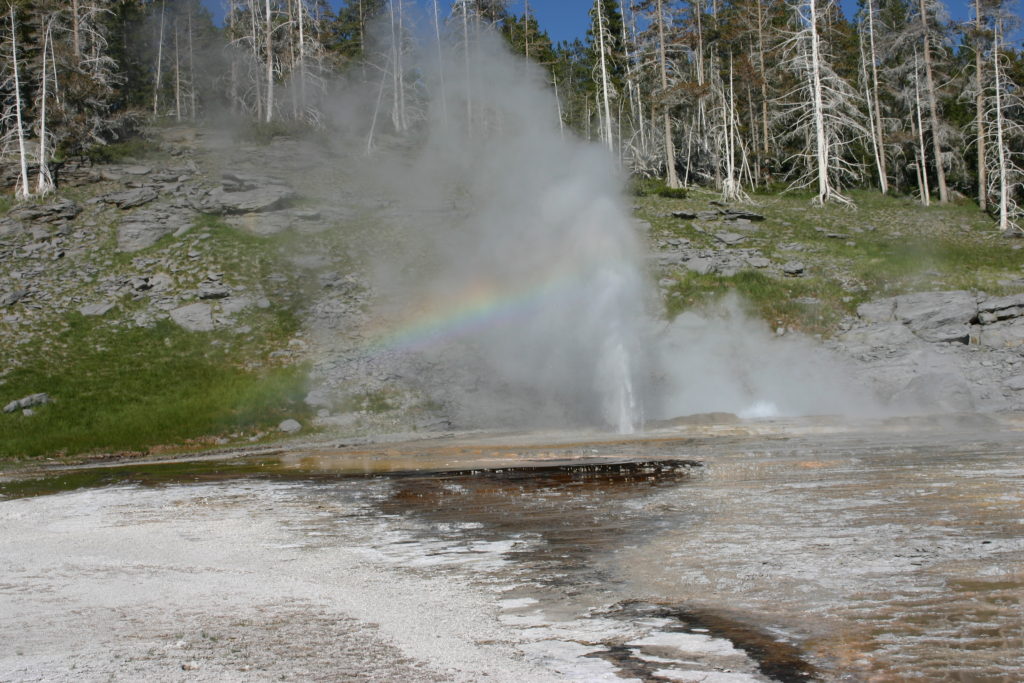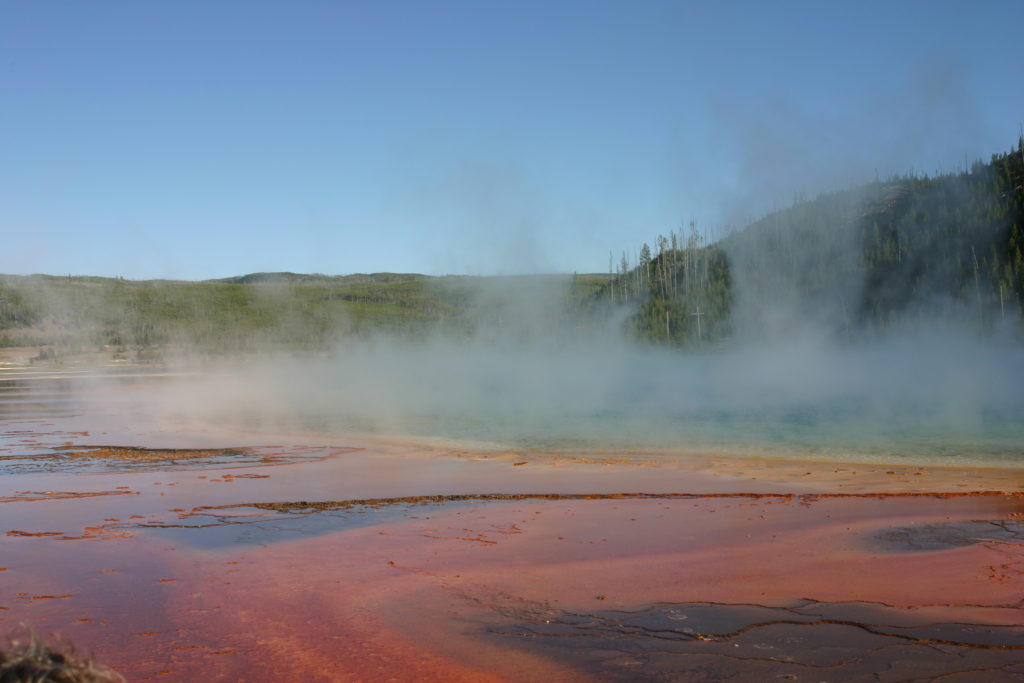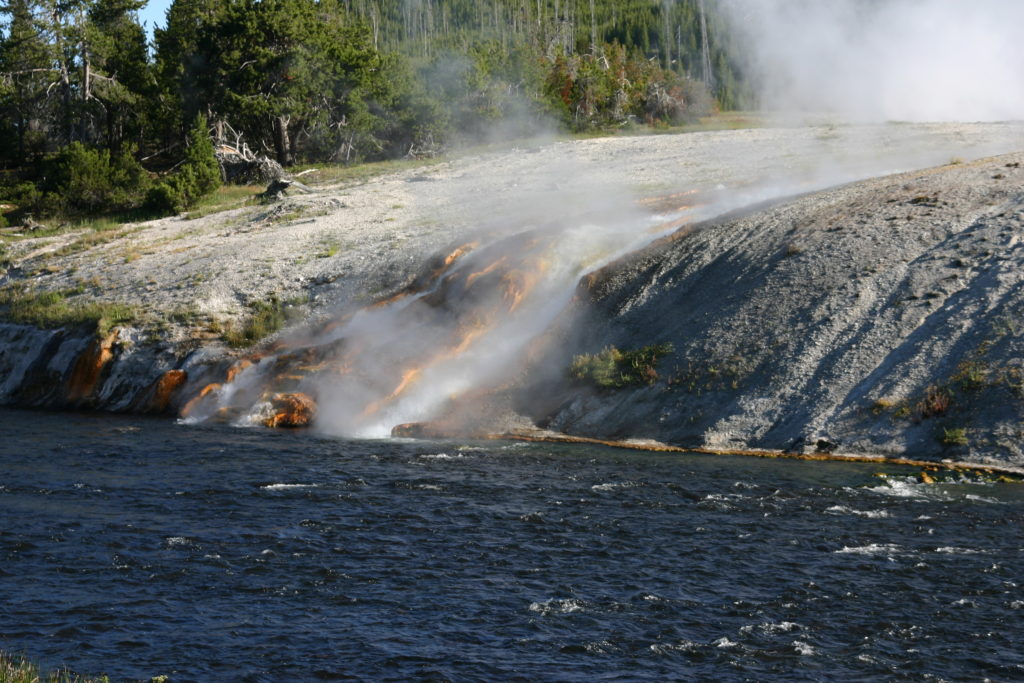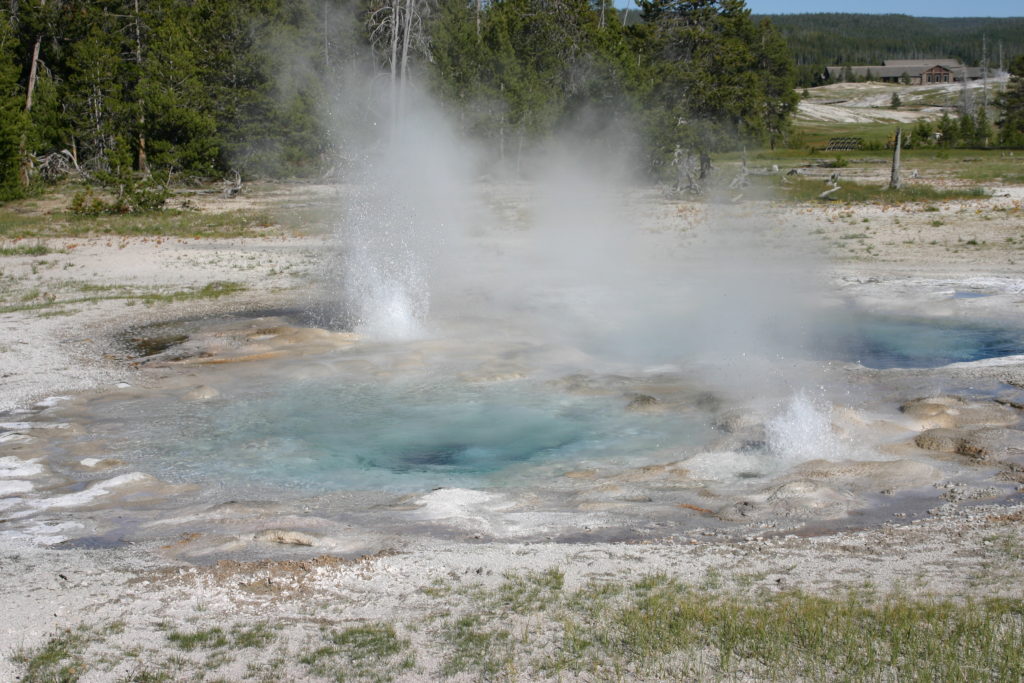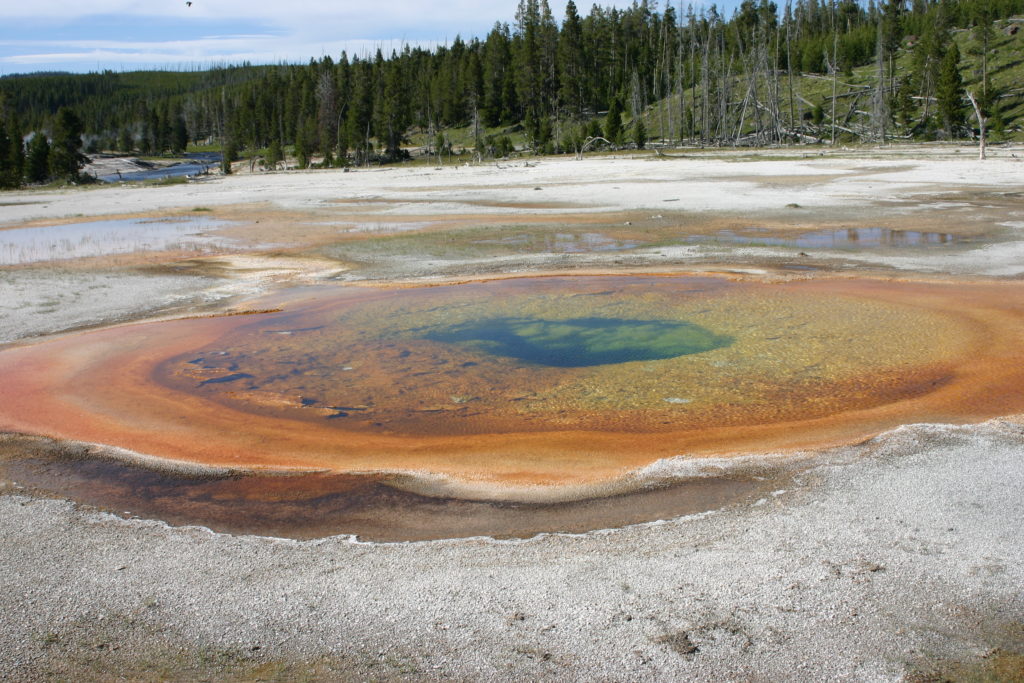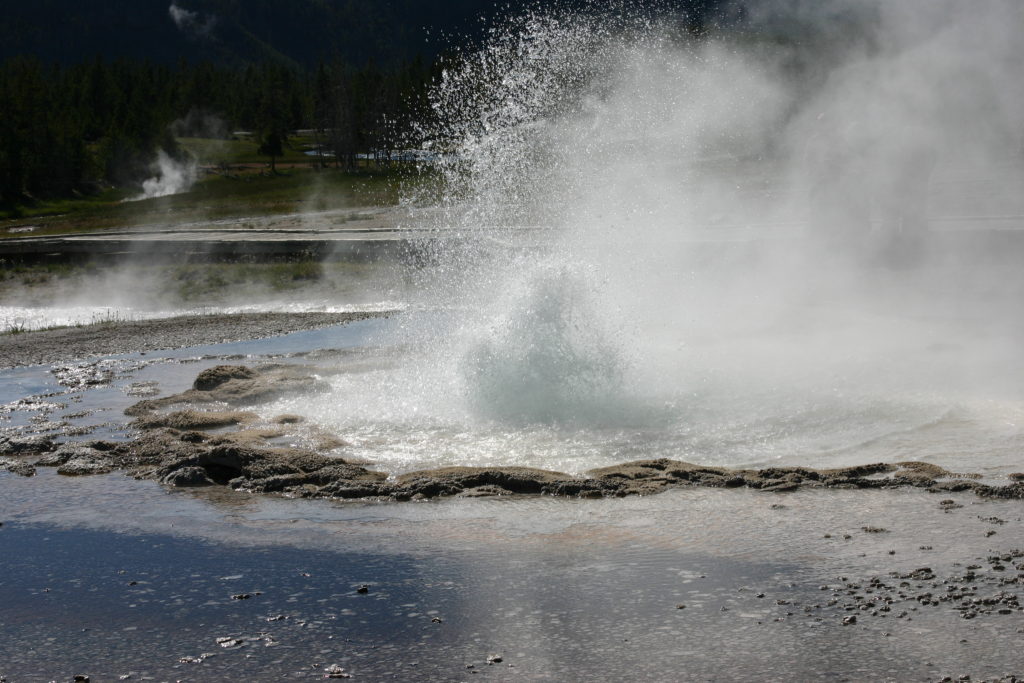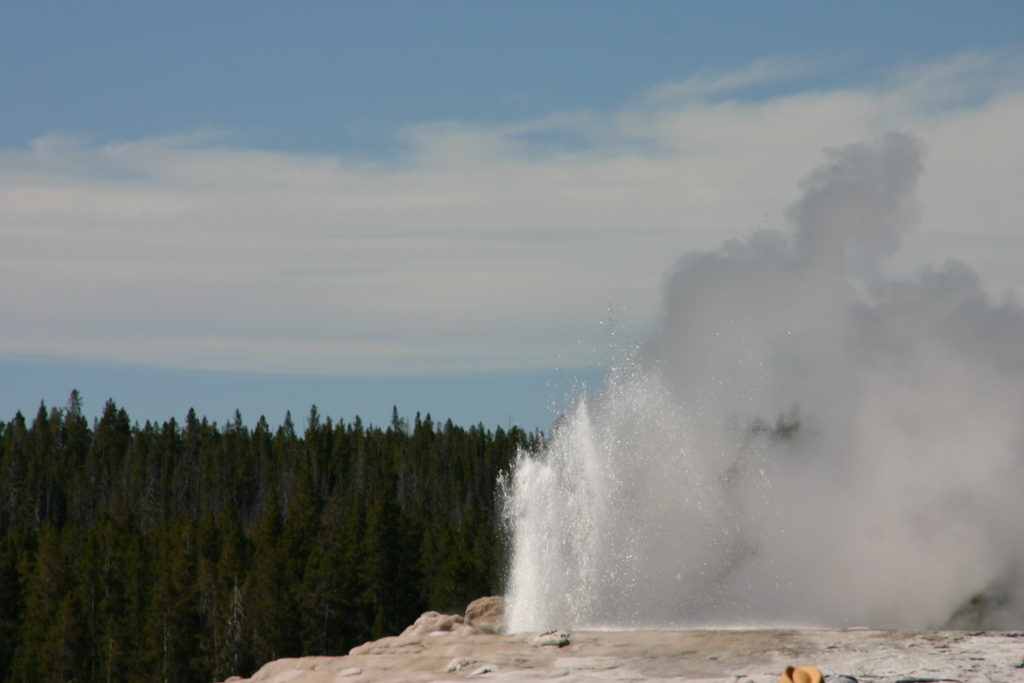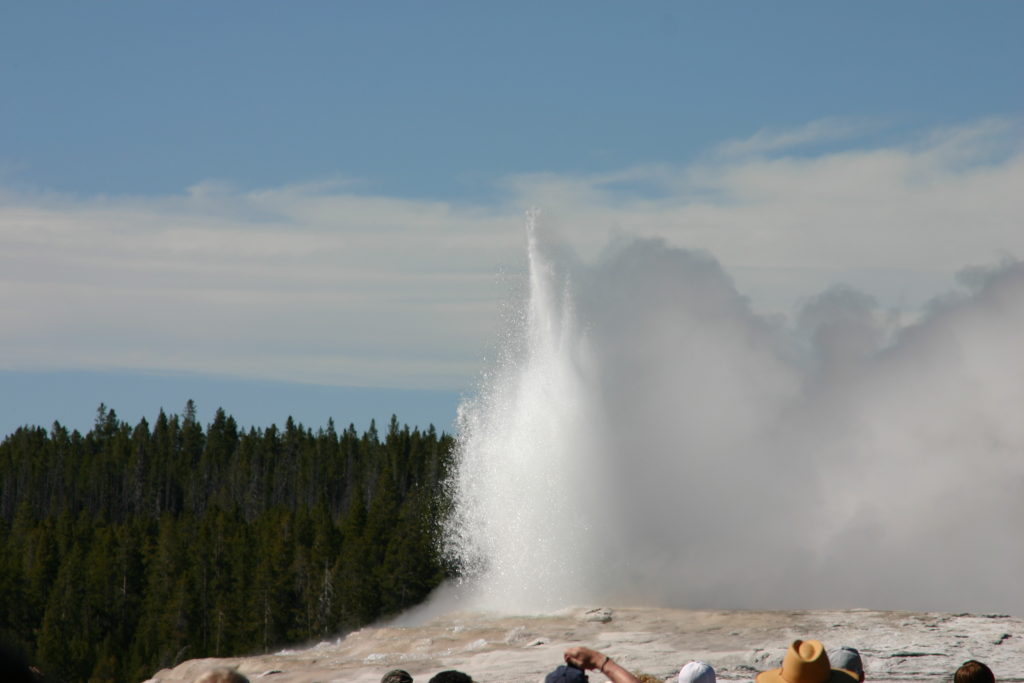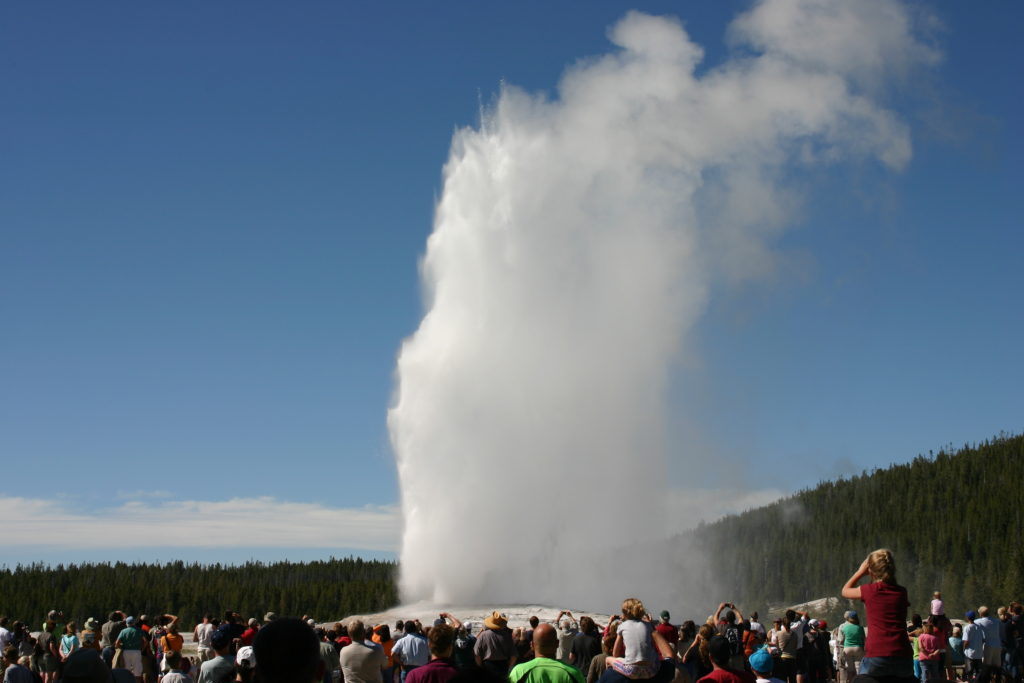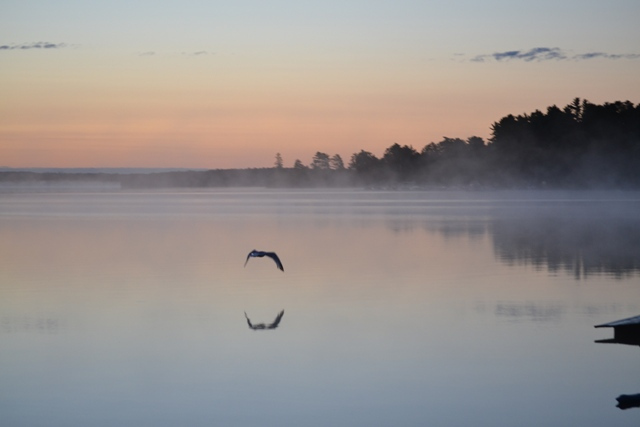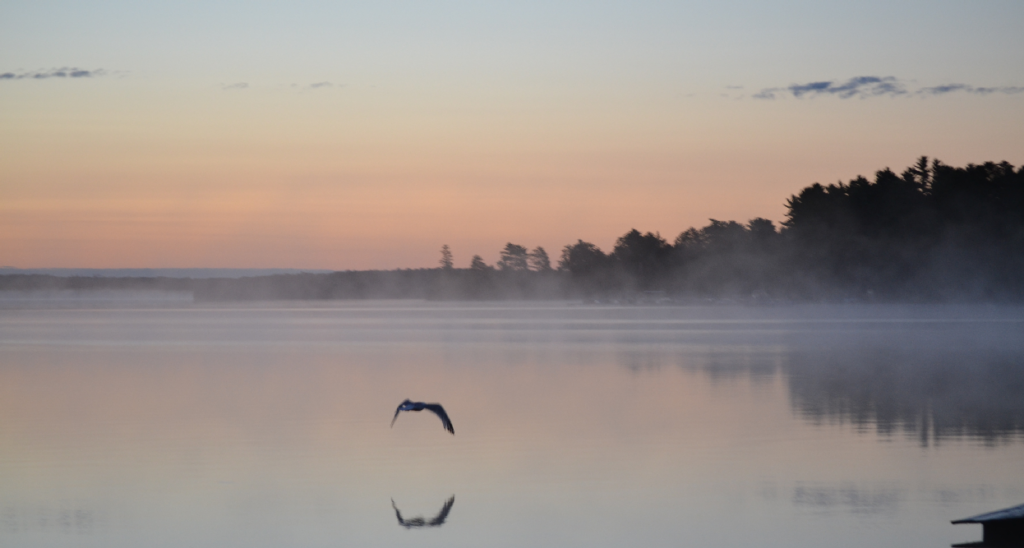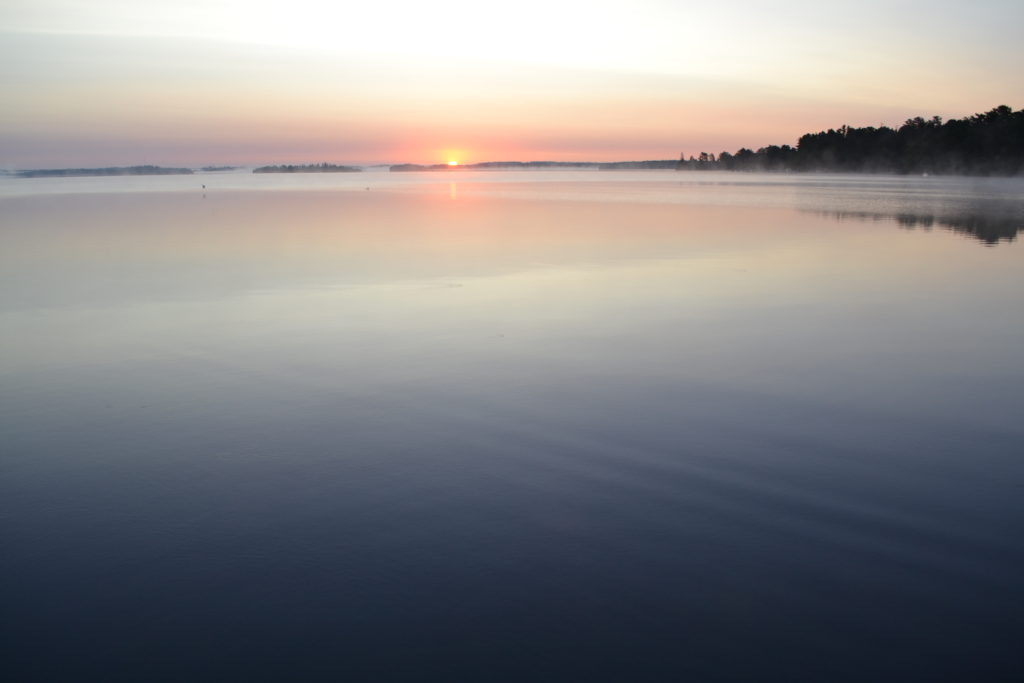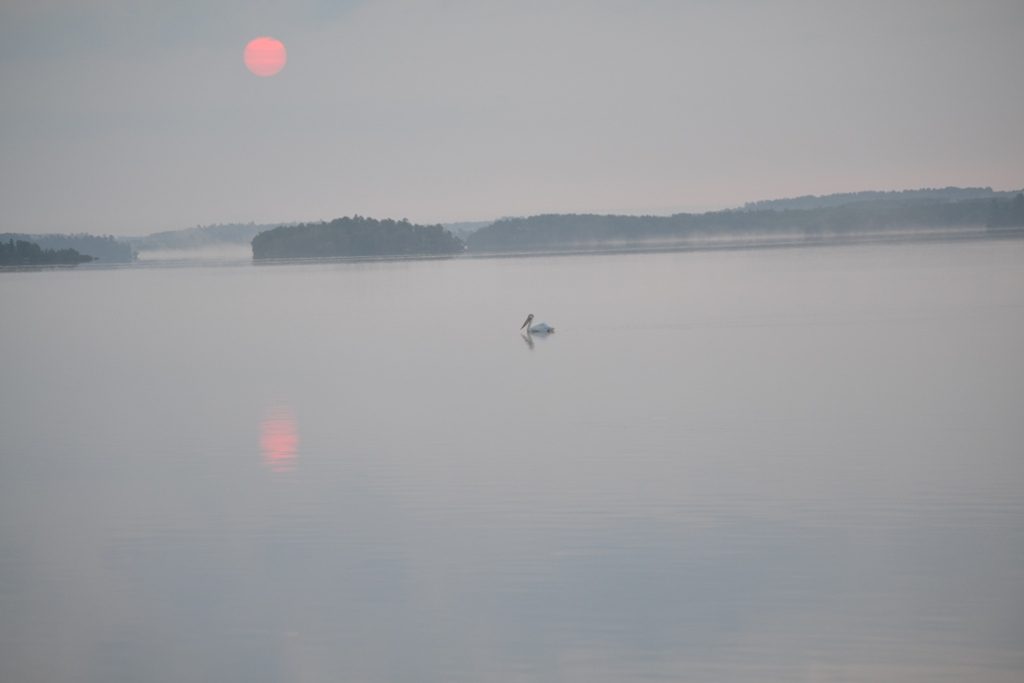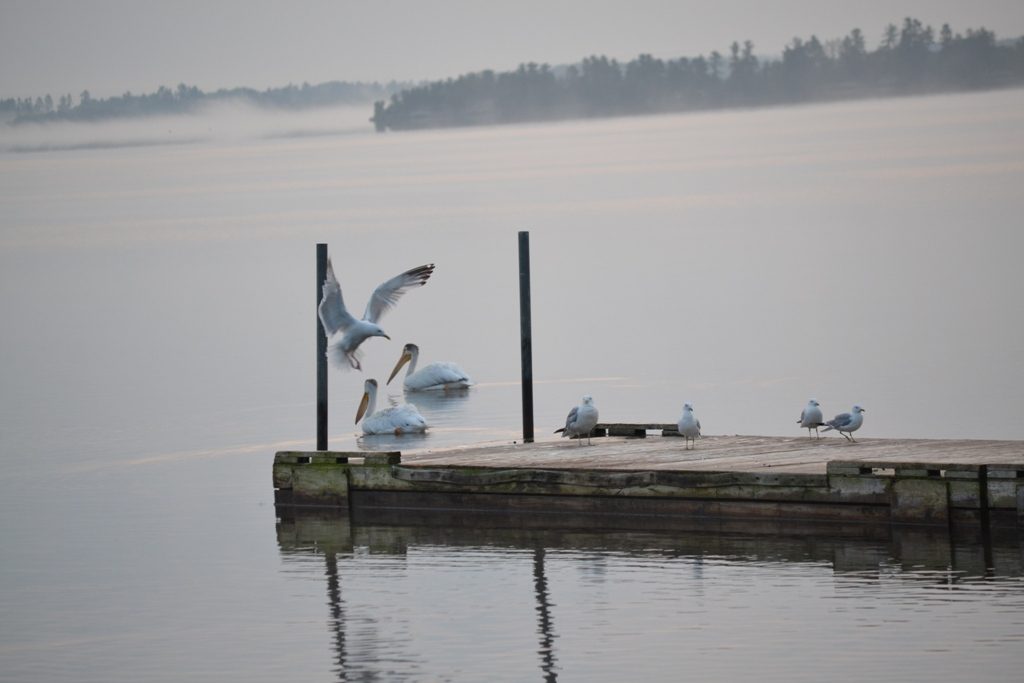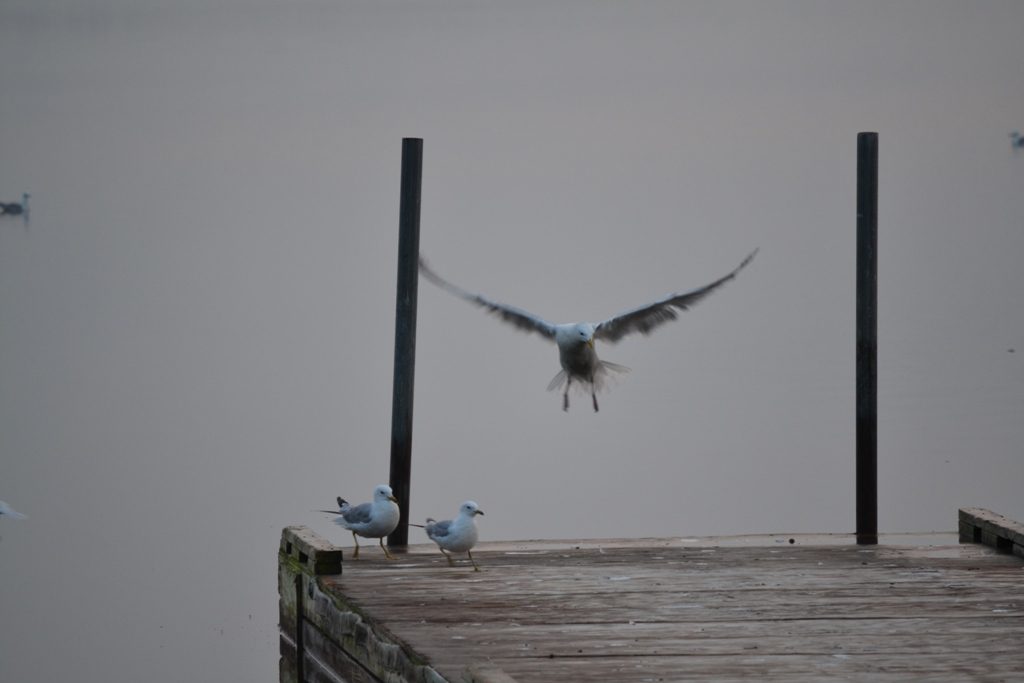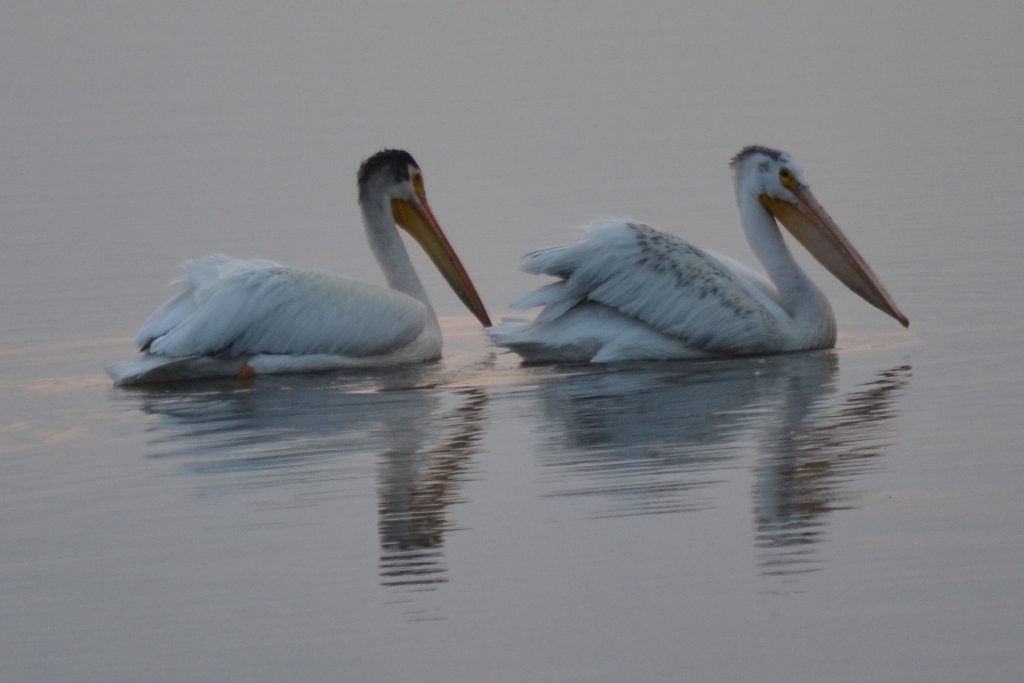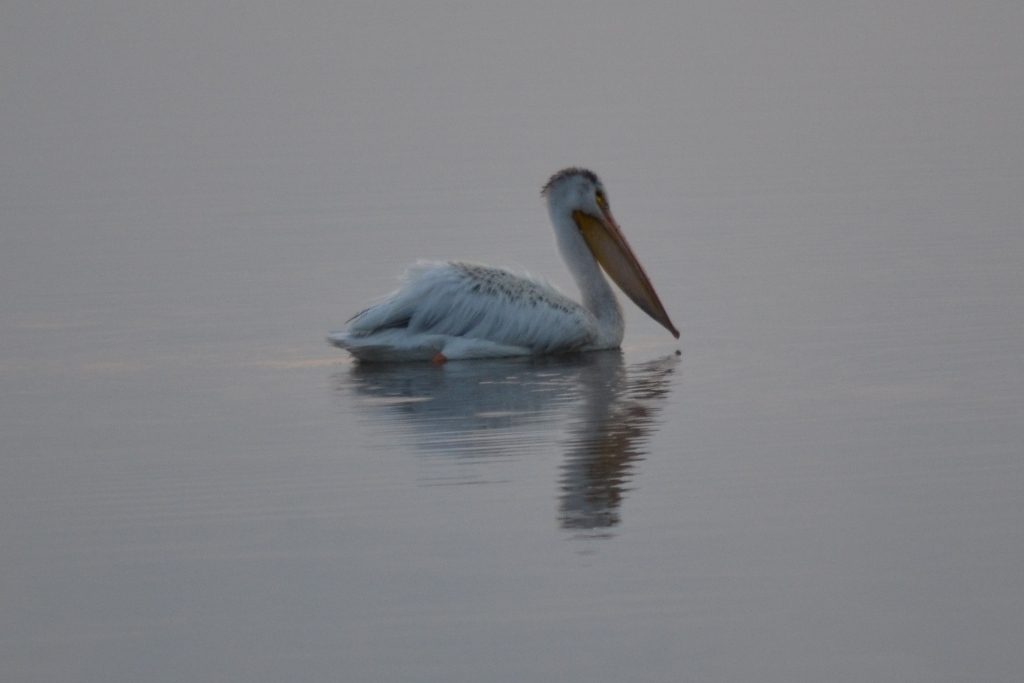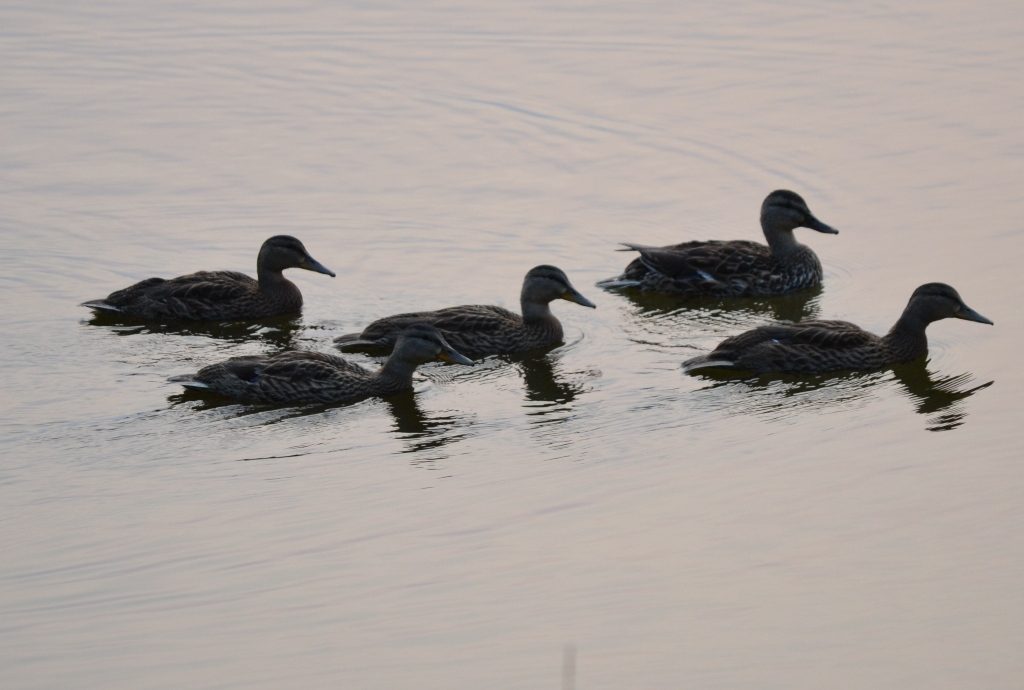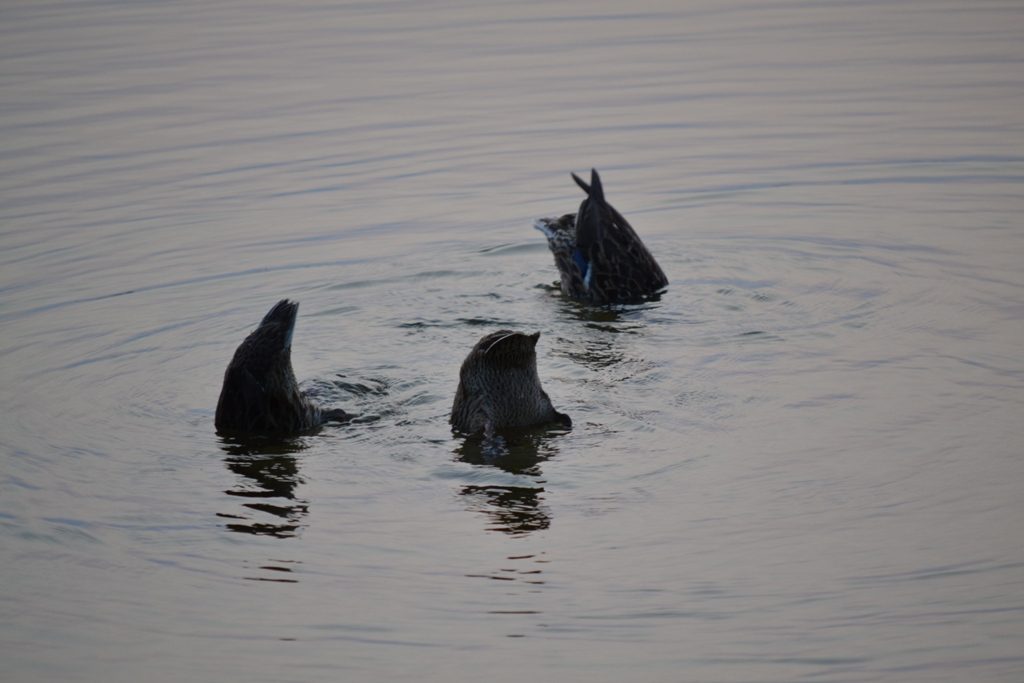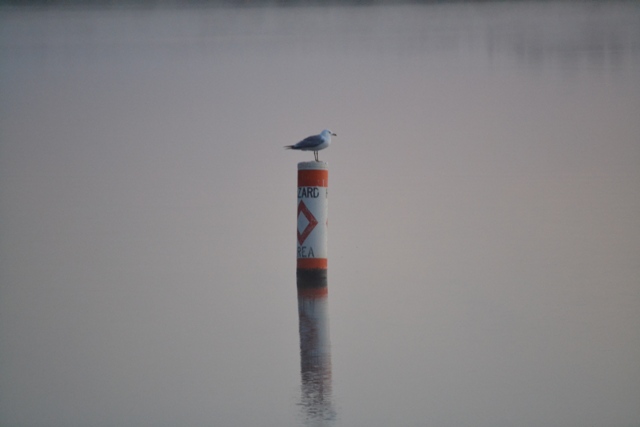Adventures into the wild take us to the most extraordinary places. You will find narrative and photo records of our adventures on our blog. We look forward to your input on the blog articles as we are constantly tracking wildlife sightings across North America.
Our first family trip into the wilderness was in 2012. We visited Rocky Mountain National Park, Grand Teton National Park, Yellowstone National Park, Mount Rushmore, and the Badlands. In all, the trip was amazing!
The photo gallery here is the first photo gallery ever put together for this website. It consists of our adventures across trail ridge road in Rocky Mountain National Park. The road, constructed in 1921, passes across the northern portion of the Park’s high country. The adventure spends almost twenty miles above the tree line reaching altitudes over 12,000 feet.
Prior to the road construction, Trail Ridge had been used by Native Americans to cross the mountains between their home lands in the west and hunting areas on the east side. Arapahoe Indians called the trail located on the ridge as “taienbaa” (“Where the Children Walked”) because it was so steep that children could not be carried, but had to walk. The Ute tribe crossing the mountains at Forest Canyon Pass marked their route with stone cairns. The present park Ute Trail follows partially that ancient route.
On the west side, about 1880, a wagon road was constructed along the Kawuneeche Valley from the town of Grand Lake to the mining camps of Lulu City and Gaskill. The camps were abandoned after a few years when short-lived mining boom ended and later the road was used only occasionally by hunters and tourists.
The pictures here were taken on our adventure, the last week of June, 2012. We hope you enjoy them, and plan on making your own trip to this amazing natural wonder in the middle of our great country.

